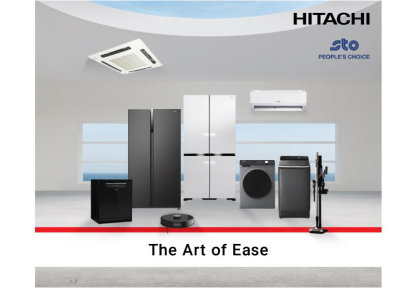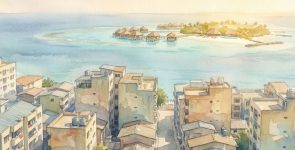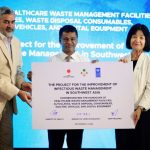
When the Maldives amended its Special Economic Zones Act in late 2025, it introduced a new category of mega-development known as the sustainable township. These projects are conceived as self-contained islands that combine tourism, housing, healthcare, education, and commercial activity. Each must attract at least USD 500 million in investment. Each must generate most of its energy from renewable sources and handle its own waste and utilities. The law presents them as islands that would run almost independently, with sustainability embedded into their foundations.
What is easy to miss in the promotional language is that the responsibility for building all this does not sit with the government. It sits almost entirely with private investors. The state sets the requirements, but it is the developer who must design, fund, and operate the systems that make a township sustainable. The role of the government becomes one of oversight rather than construction.
In theory, this arrangement should be efficient. Investors bring capital and expertise, while the government offers land, status, and regulatory incentives. The problem is that genuine sustainability in the Maldives demands more than a checklist. It requires enforcement, auditing, technical capacity, and long-term monitoring. That burden falls squarely on the state, and this is where the risks gather.
Energy is the clearest example. The law says a township must produce most of its power through renewable sources. For an isolated island, this means extensive solar fields, high-grade storage, maintenance teams, and constant monitoring. An investor might install the panels and batteries, but it is the government that must verify the energy mix. Without consistent and credible oversight, the requirement becomes little more than a claim on a brochure.
Waste management follows the same pattern. Investors are expected to handle all waste and wastewater on-site. This is ambitious in a country where even the capital region continues to face waste challenges. If a private developer cuts corners, the consequences reach beyond its island. Waste can travel by sea, leach into groundwater, or create smoke that drifts across atolls. A sustainable township that manages its waste poorly affects people and ecosystems far beyond its boundaries. Regulation therefore becomes as important as construction.
Food production introduces similar tension. The amendment gestures at local food production as part of sustainability, but the Maldives has limited land and harsh agricultural conditions. A developer may introduce small-scale hydroponics to check the box, yet the scale would almost certainly fall short of meaningful food security. Again, it is the government’s responsibility to define what counts as compliance and to measure whether the promise matches reality.
The social dimension adds another challenge. These townships target high net worth investors and long-stay visitors. Sustainability risks becoming a luxury feature rather than a public good. A development that advertises green credentials may still function as a private enclave with limited integration into the national economy. Unless rules on employment, services, and local access are monitored carefully, the township could create more separation than benefit.
All of this returns to a simple truth. The investor builds the physical structure, but the government must uphold the idea. Sustainability is not a switch that investors can turn on. It is a regulatory system that must be enforced continuously, especially in an environment where infrastructure is dispersed and fragile. Without strong monitoring, the townships may achieve their architectural ambitions while falling short of their environmental ones.
The sustainable township model offers a vision of a Maldives that is diversified, modern, and green. But visions require grounding. For the model to succeed, the government must develop the capacity to inspect energy systems, test waste facilities, audit environmental reporting, and hold developers accountable over decades. Otherwise, sustainability may become a decorative label rather than a lived reality.
The mirage appears credible from a distance because the concept is appealing. The real work begins when the first township is approved and the country must decide whether it is building sustainable islands or simply the appearance of them.













